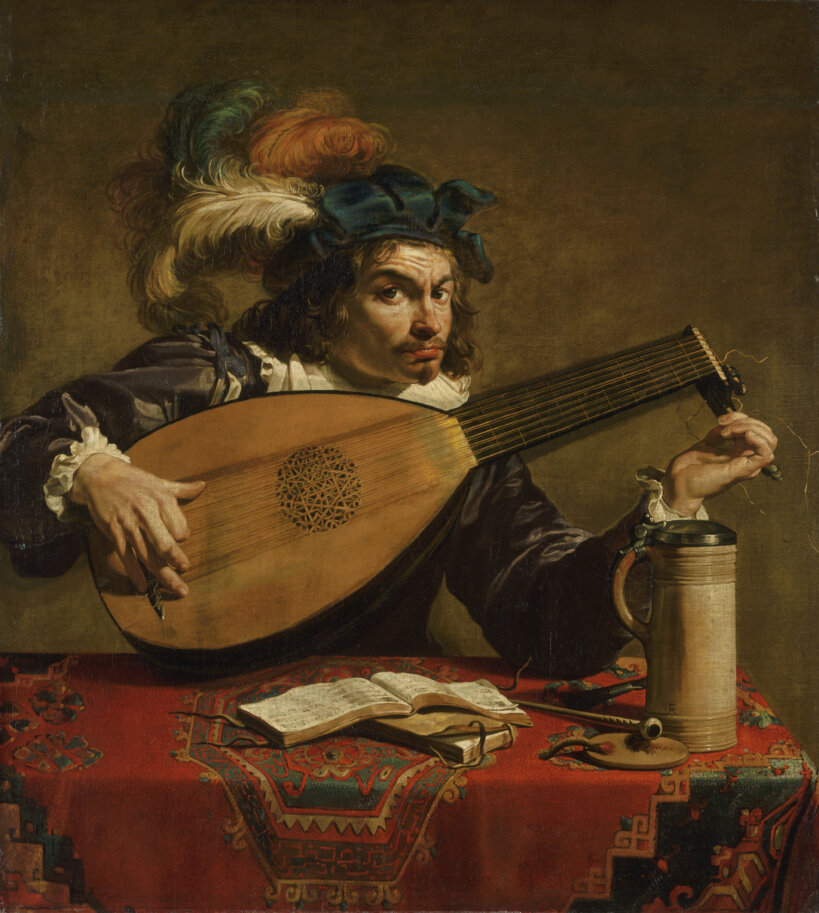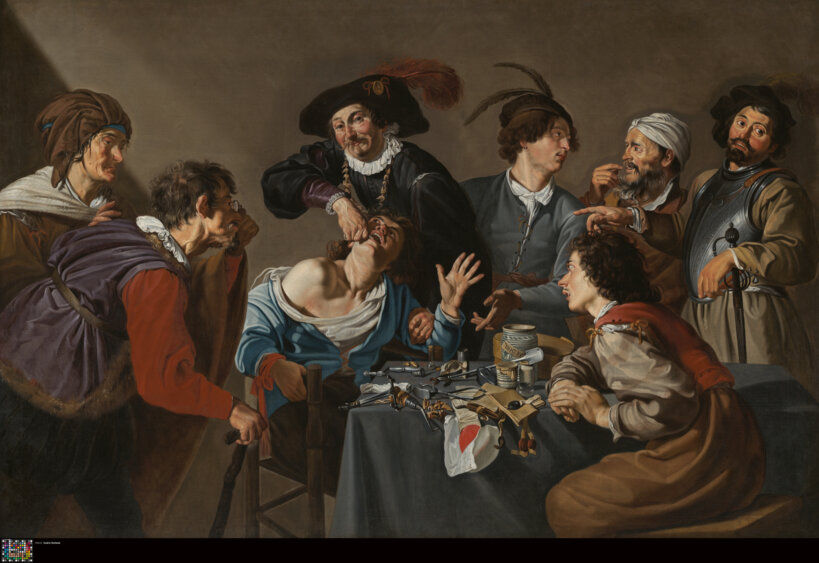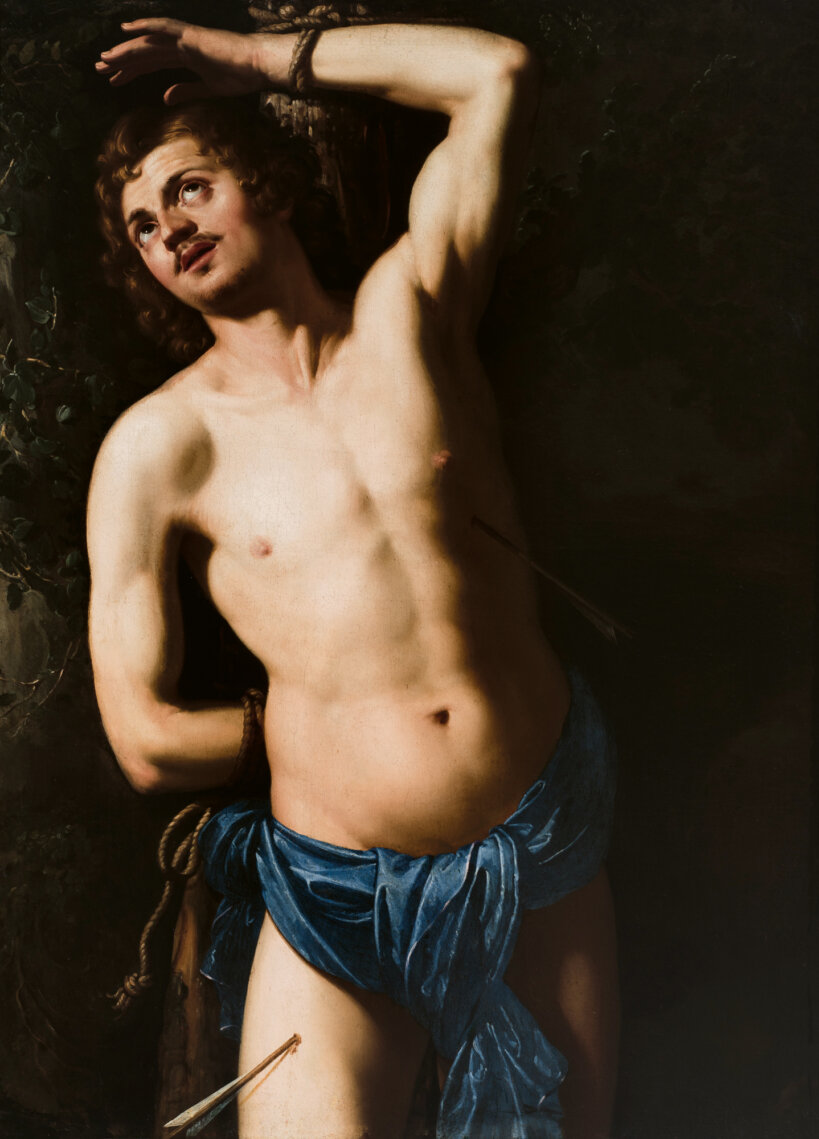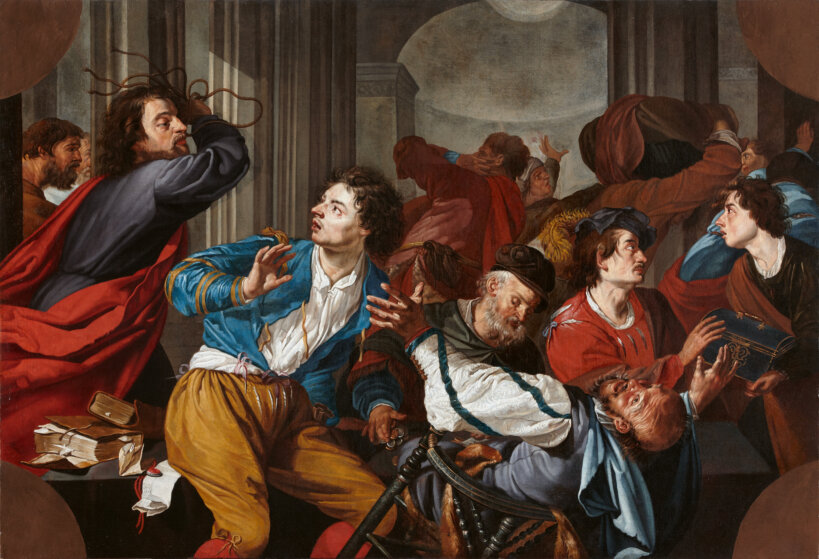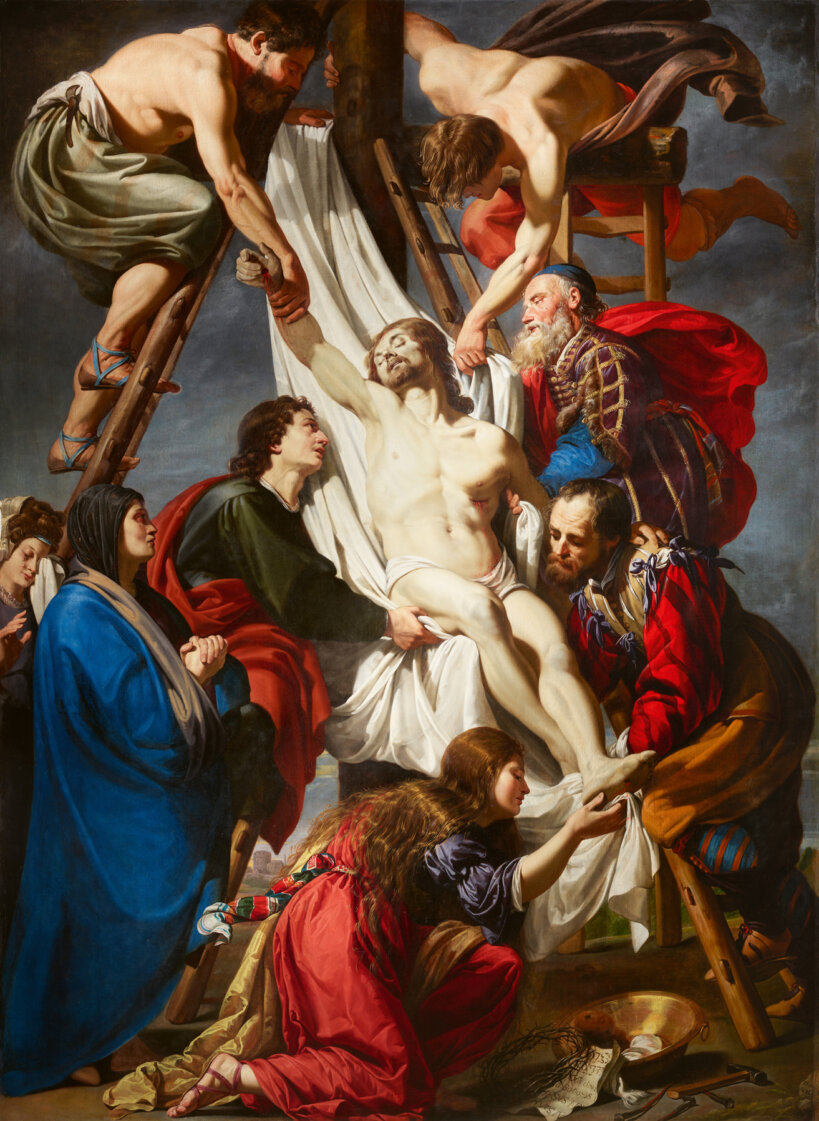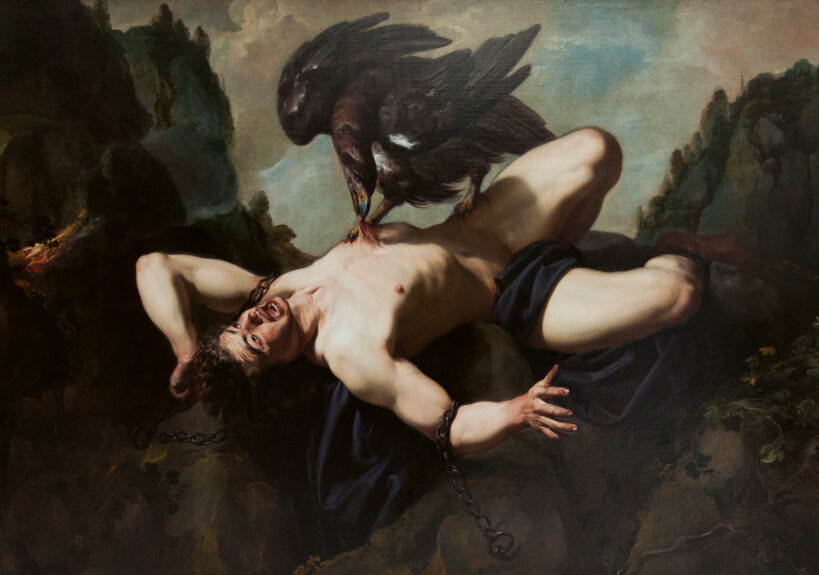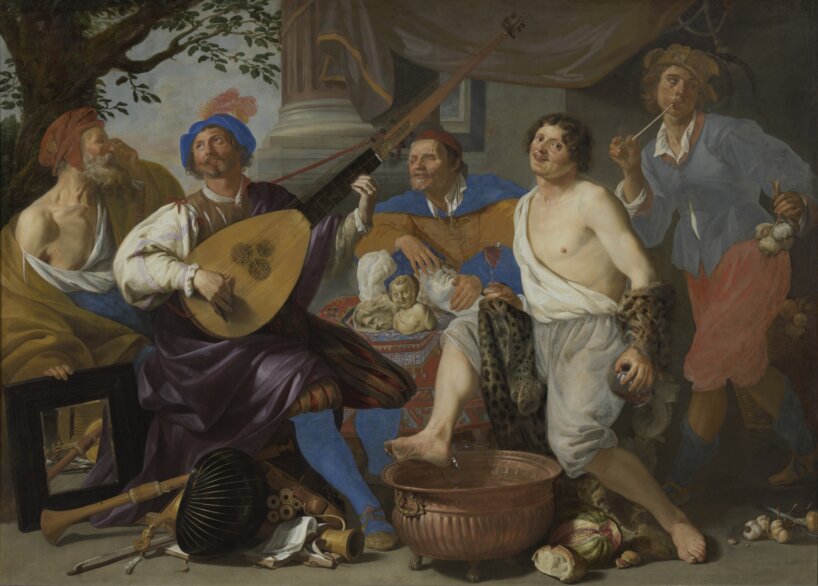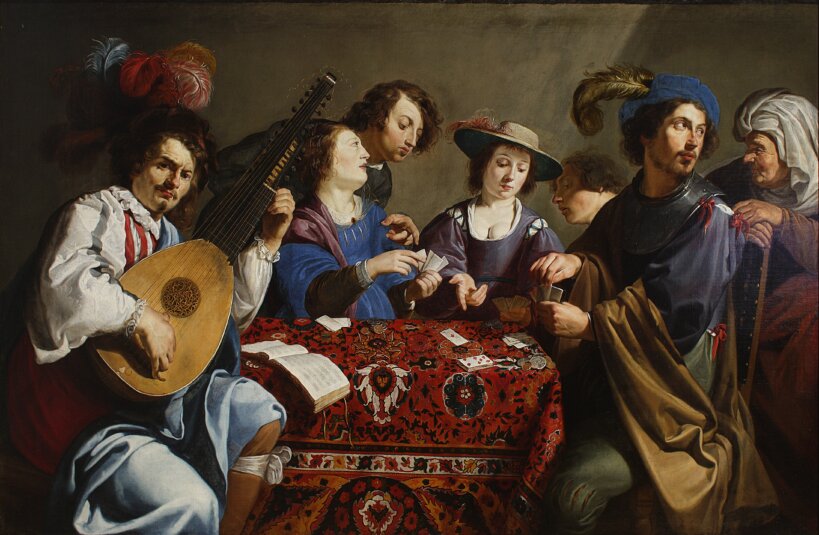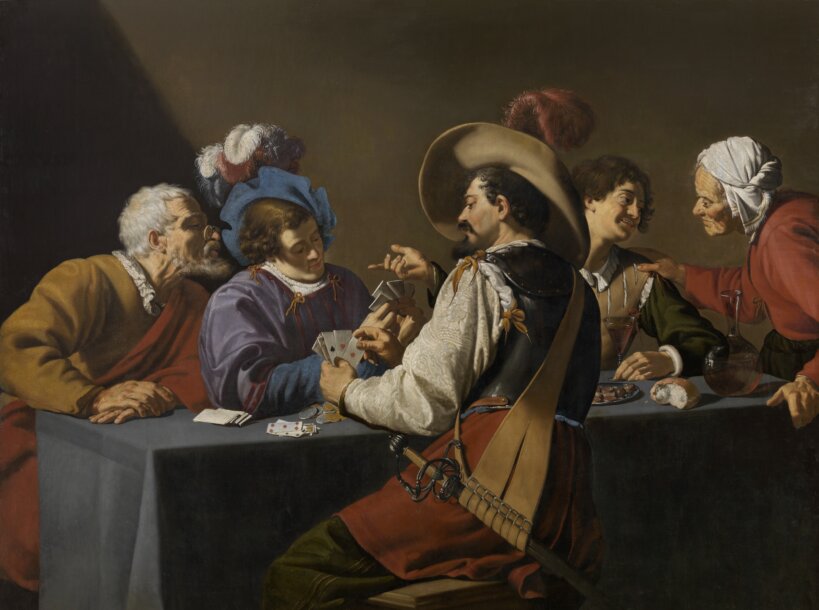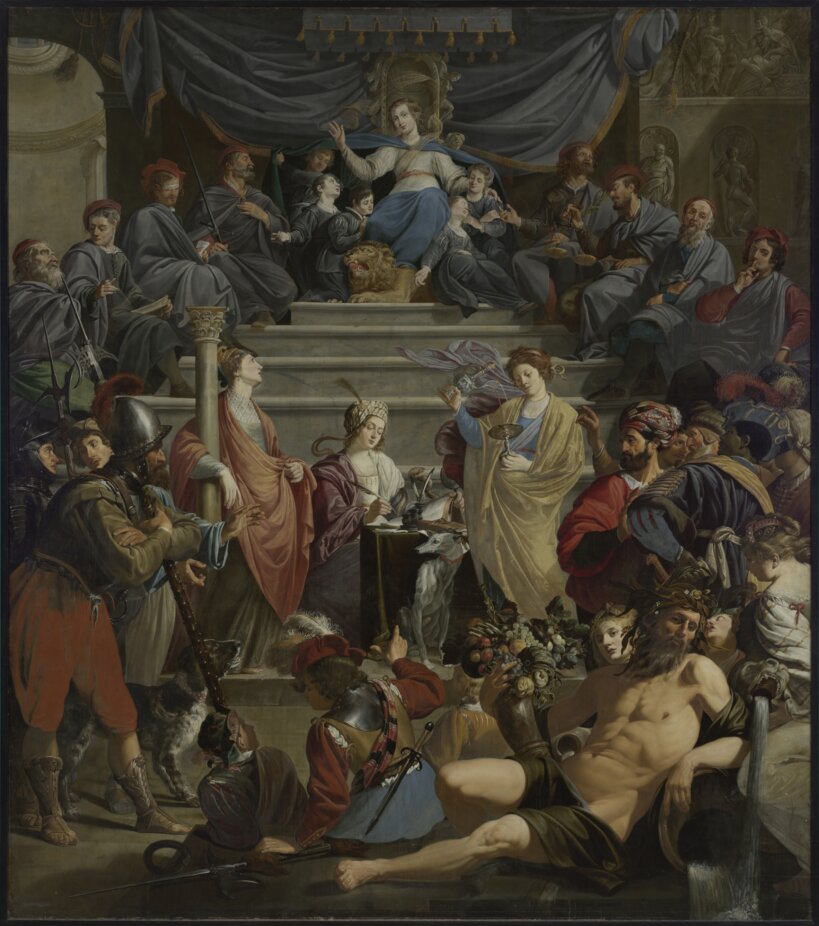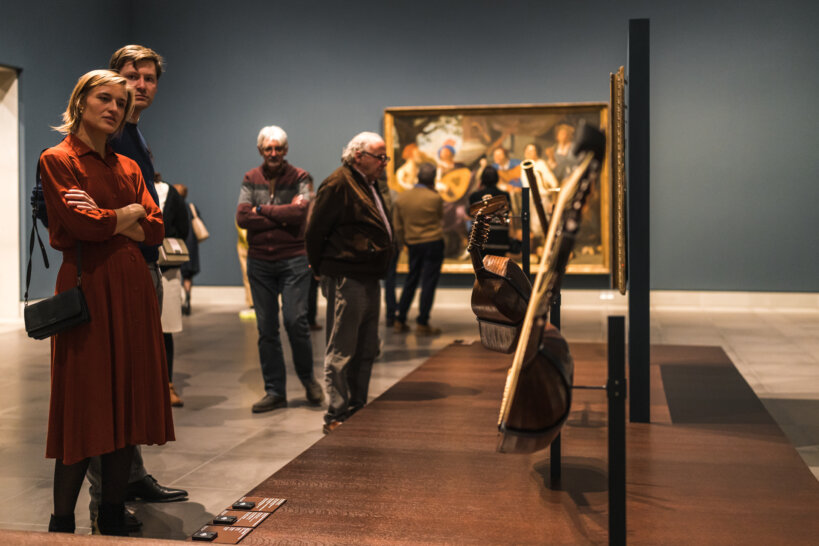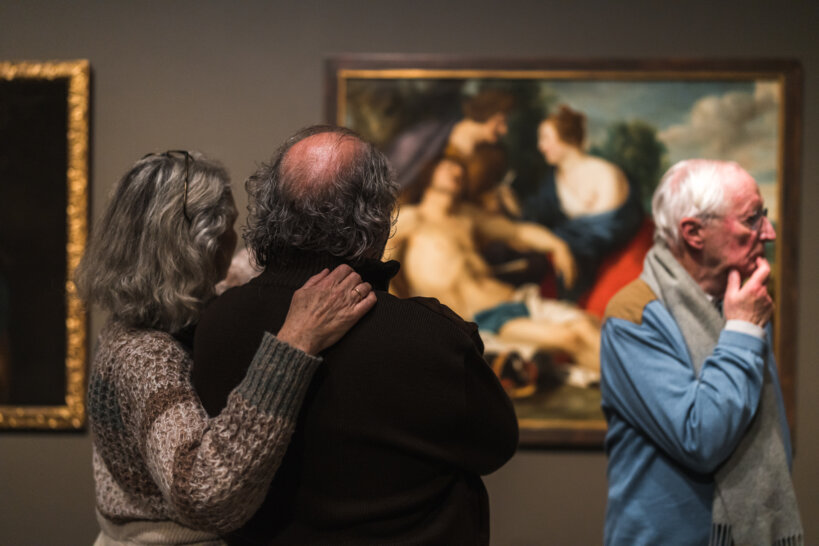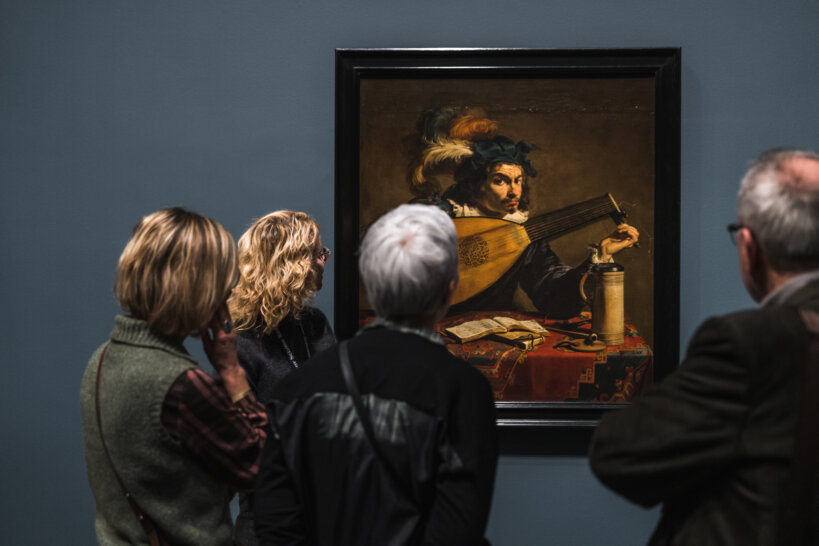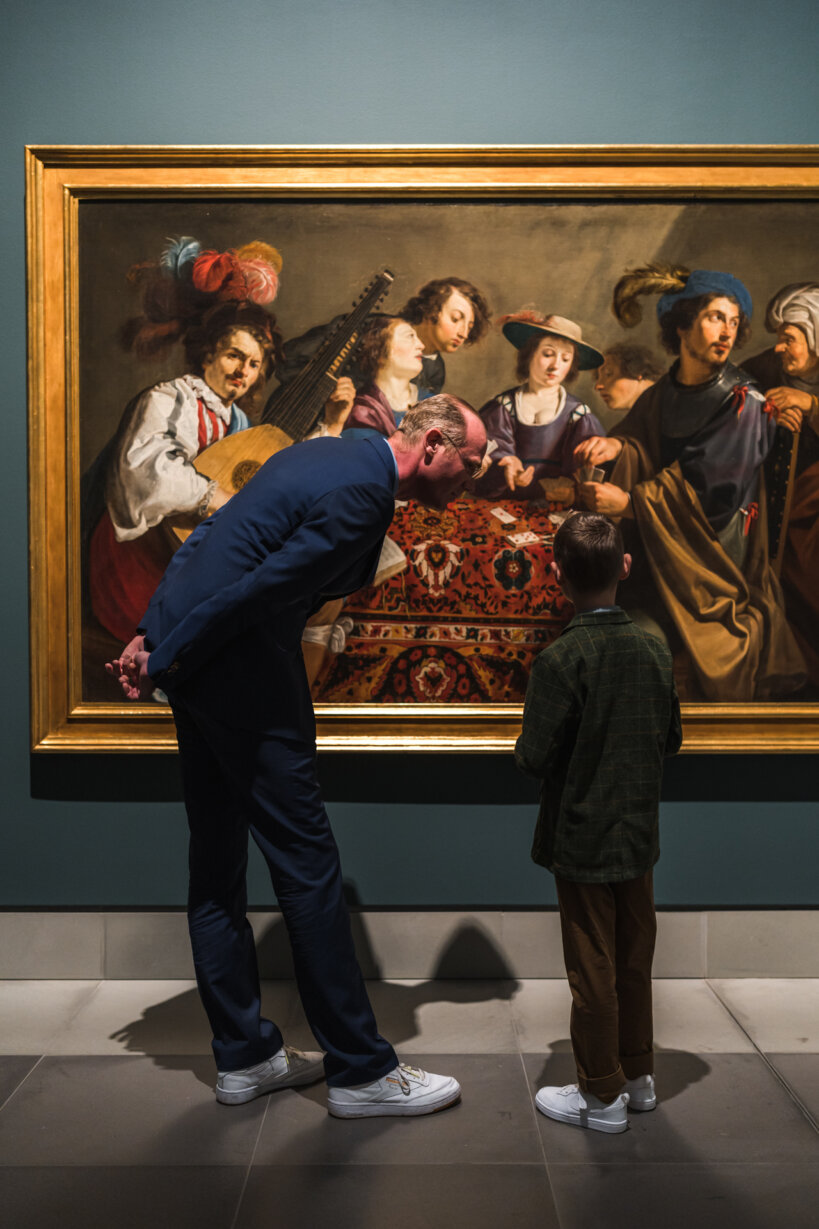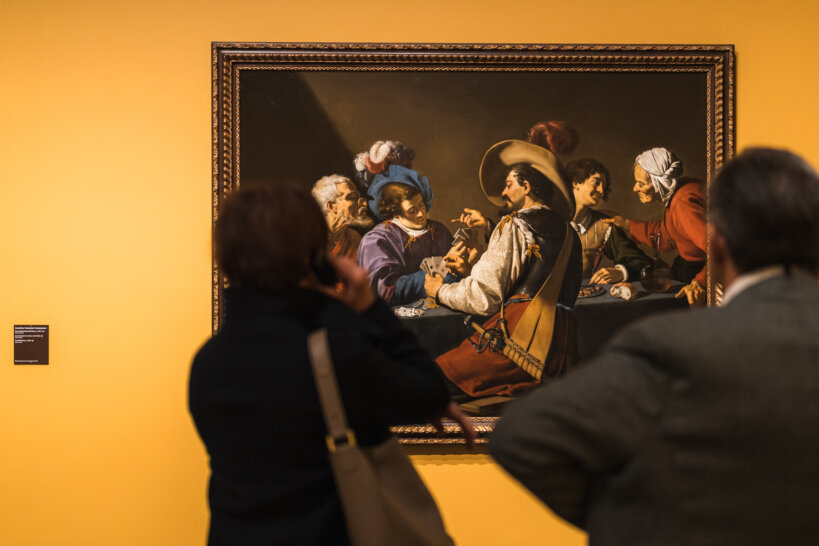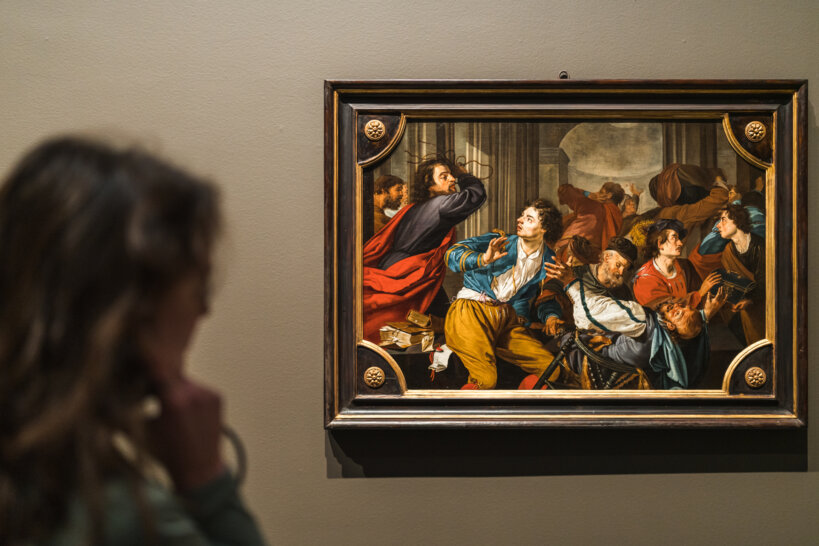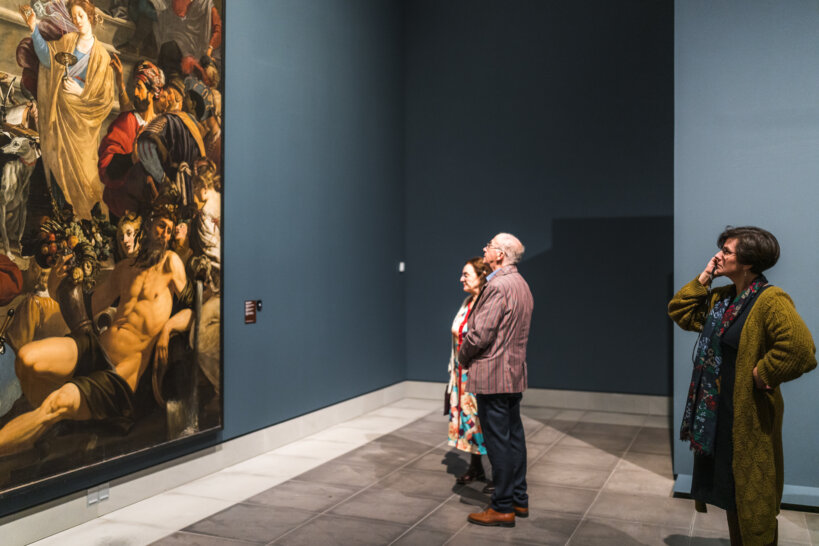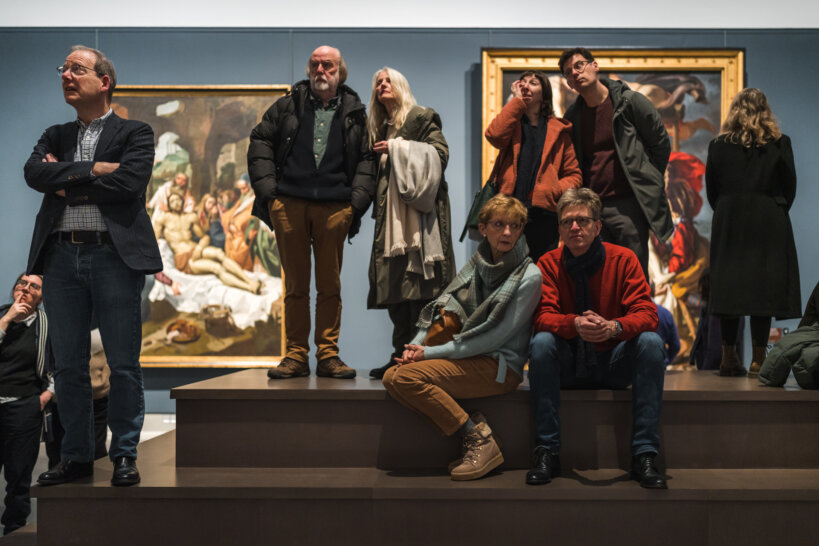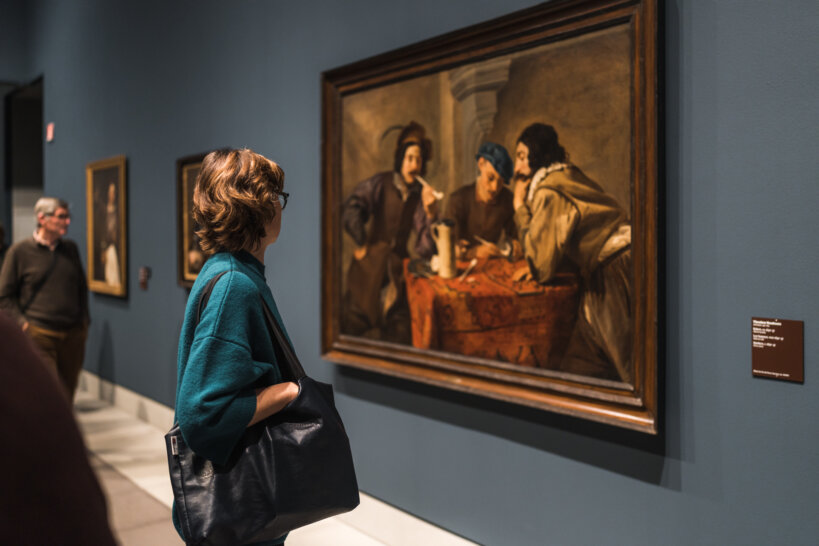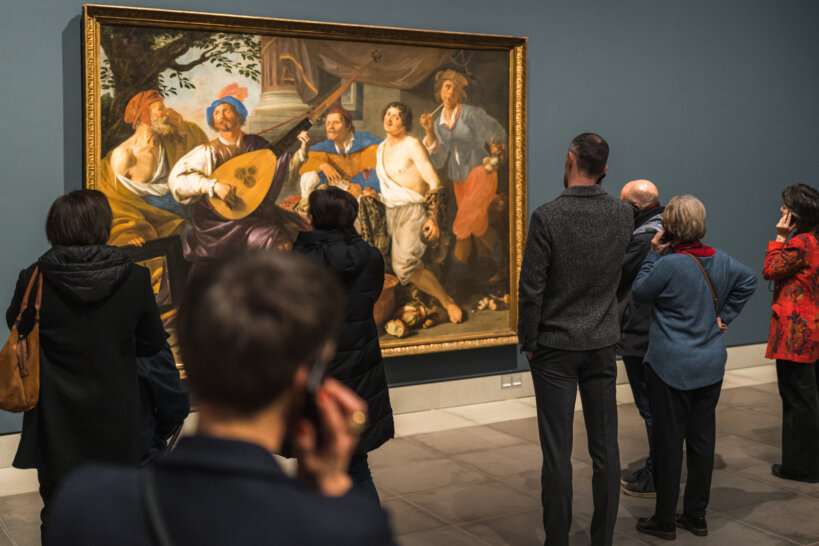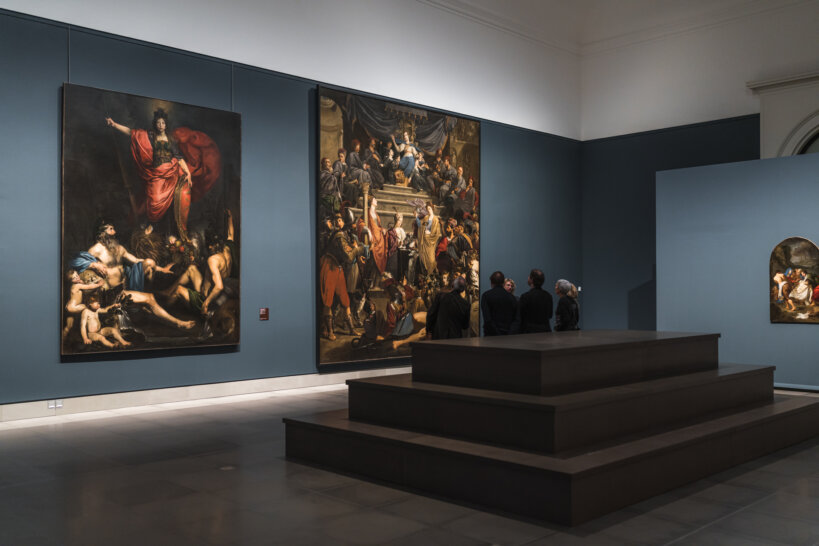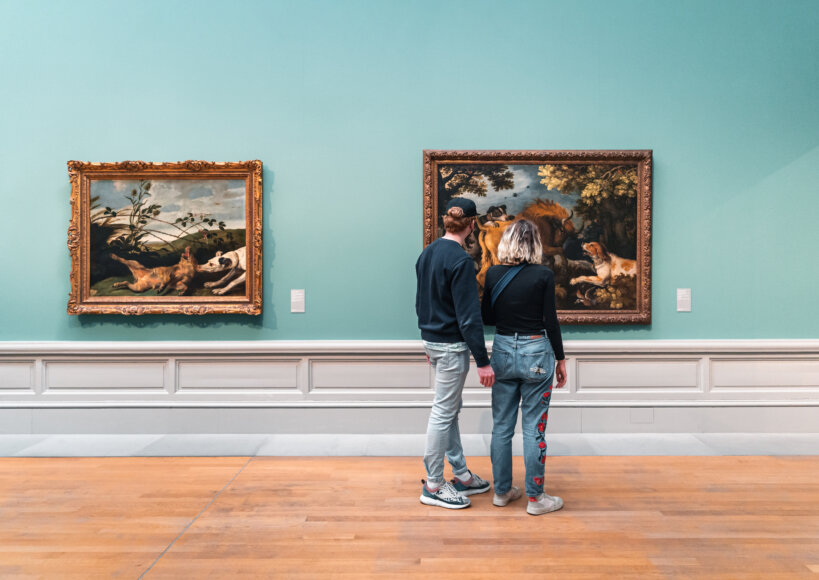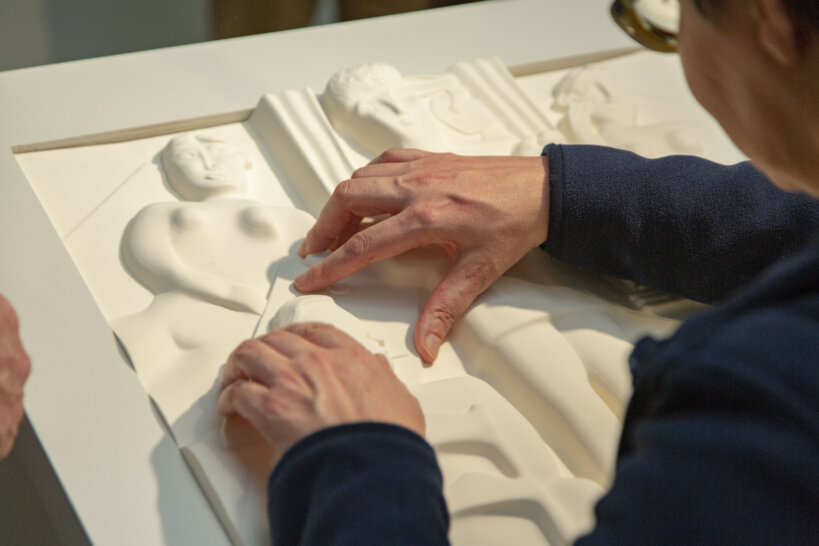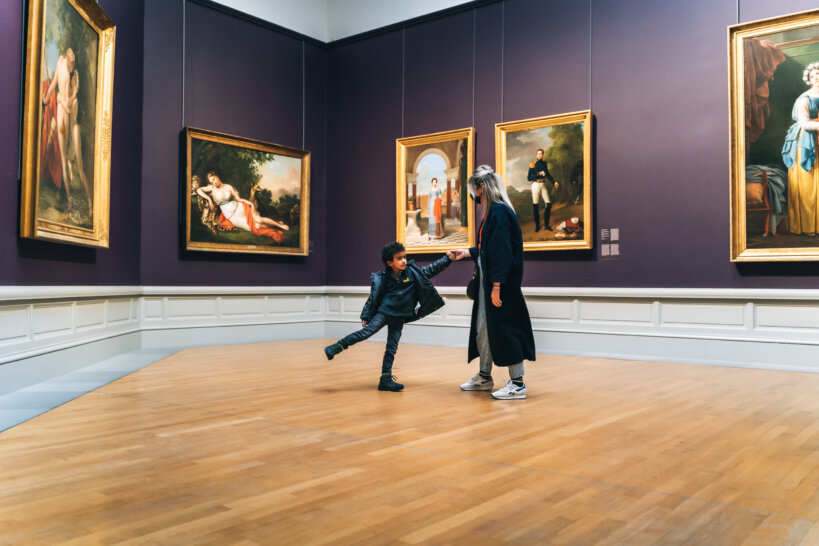Dr. Frederica Van Dam
Team lead of exhibitions & curator of Old MastersFrederica Van Dam studied Art History at Ghent University and has been the curator of Old Masters at the Museum of Fine Arts Ghent (MSK) since 2017. She co-curated the widely acclaimed 2020 exhibition ‘Van Eyck. An Optical Revolution’ and was the driving force behind the first monographic exhibition on the Flemish Caravaggist Theodoor Rombouts (1597-1637), along with an accompanying book (2023). She is currently preparing an exhibition on women artists in the Low Countries (1600-1750) with the National Museum for Women in the Arts in Washington D.C.
Frederica obtained a PhD in Art History researching Flemish painters in England in the Early Modern period, and within this context, published a book on a painter and poet from Ghent, Lucas d’Heere (1534-1584) during his time in England. The focus of her expertise is Early Modern painting (1500-1620), specifically Anglo-Flemish portraiture, technical art history, connoisseurship and Southern Netherlandish Humanism in the Renaissance.
